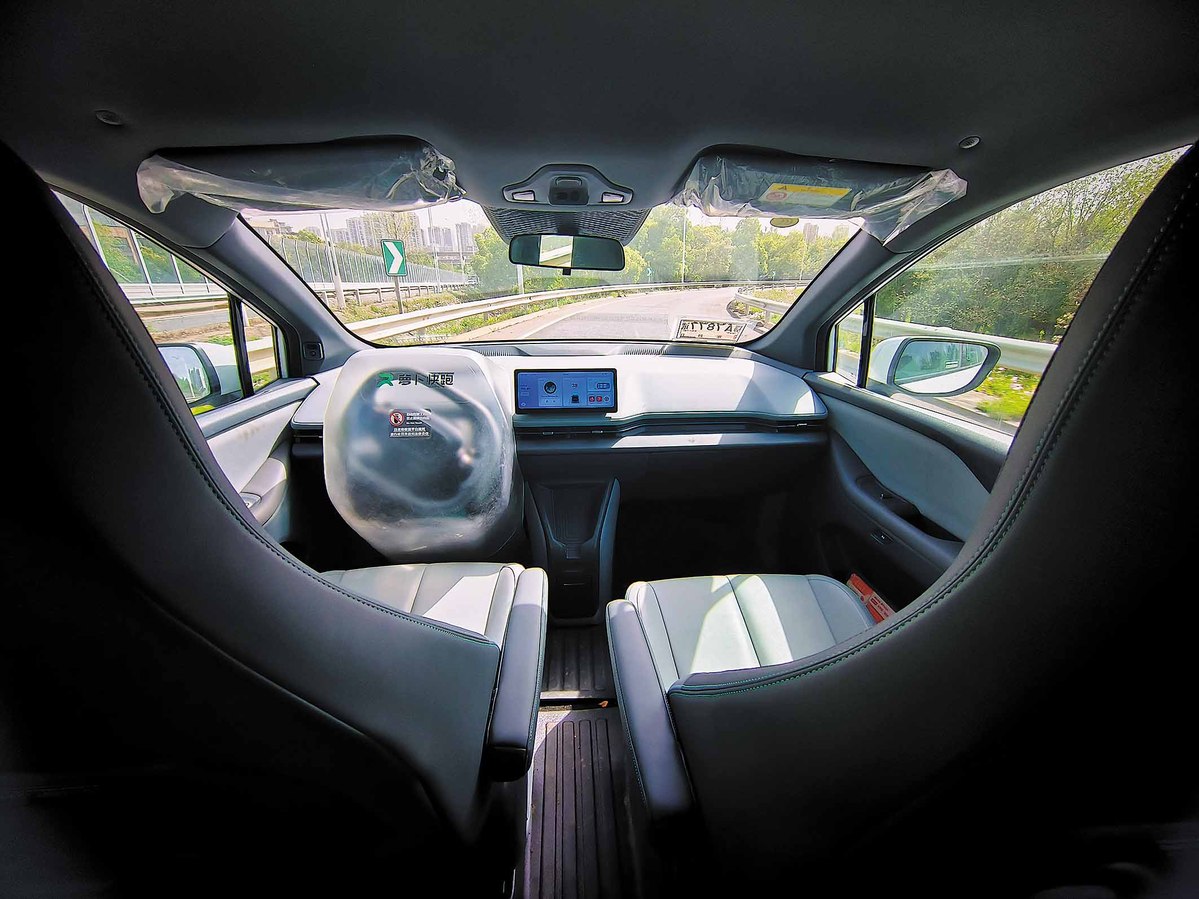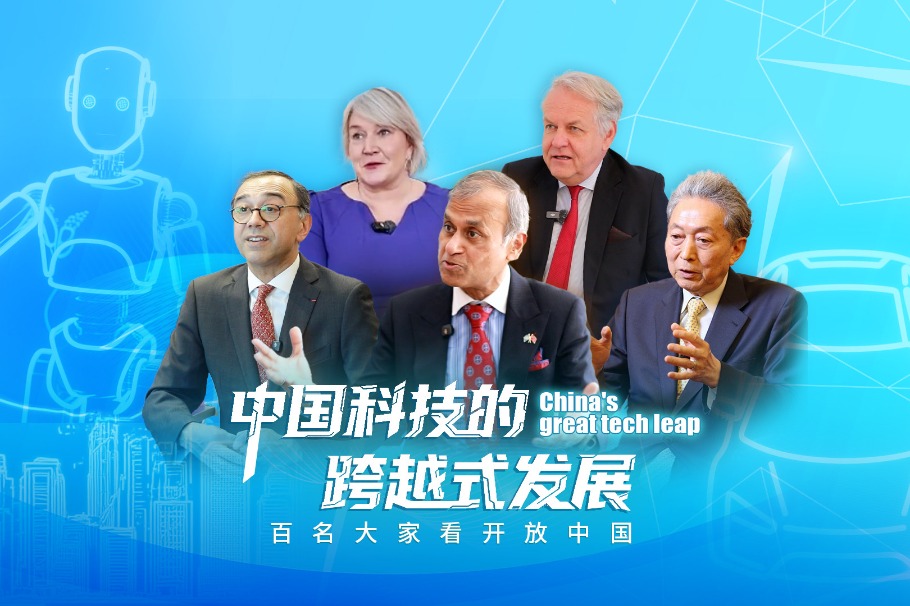Shanghai 'model' sets pace for robotaxi services
City pilots driverless commercial operations in densely populated business zone


The Shanghai model
Unlike other Chinese cities piloting robotaxis, Shanghai requires autonomous driving companies to partner with traditional taxi operators to run services jointly.
"This model draws on the strengths of both sides and offers opportunities for conventional taxi operators to make a transition by minimizing risks," Ge said.
While tech firms focus on self-driving systems, taxi companies bring operational experience, from handling unexpected traffic incidents to ensuring service quality. They also manage tasks such as vehicle cleaning, maintenance, inspections, and charging of new energy vehicles — all crucial for the passenger experience, Ge said.
"As a familiar brand, Dazhong also provides greater public recognition and trust. We formed a strategic partnership with Baidu in October 2022 and secured one of Shanghai's first demonstration permits in April 2023," he said.
"There are three phases throughout the robotaxi development procedure both for vehicles with and without safety operators, namely road testing without passengers, trial rides with safety drivers, and the third stage of paid pilot operations," Ge added.
Fang Yinliang, a partner with consultancy McKinsey, said: "Shanghai's model may be the closest yet to a truly market-ready and commercialized approach for robotaxis. The service is seen as a complex ecosystem that involves technology firms, automakers, and operators — each with different strengths."
Automakers excel at vehicle production and hardware integration, but they often lack the agility to quickly update software or manage daily operations, Fang said.
Tech companies, on the other hand, bring innovation by using big data and algorithms to improve efficiency. However, they are less experienced in hardware manufacturing or managing vehicles and customer services, he said.
"By combining their strengths, the companies can complement each other, identify risks more effectively, and continuously refine both technology and operations," Fang added.
This ecosystem model is not only practical but also essential for robotaxis to reach large-scale deployment, experts said.
























